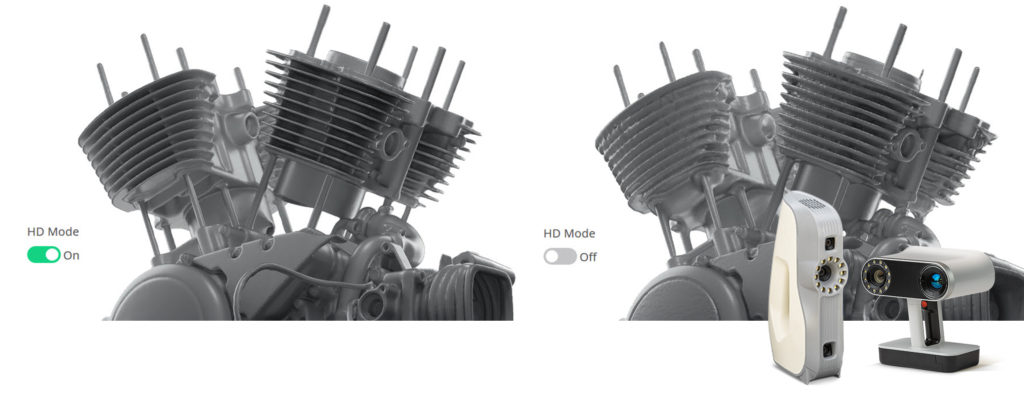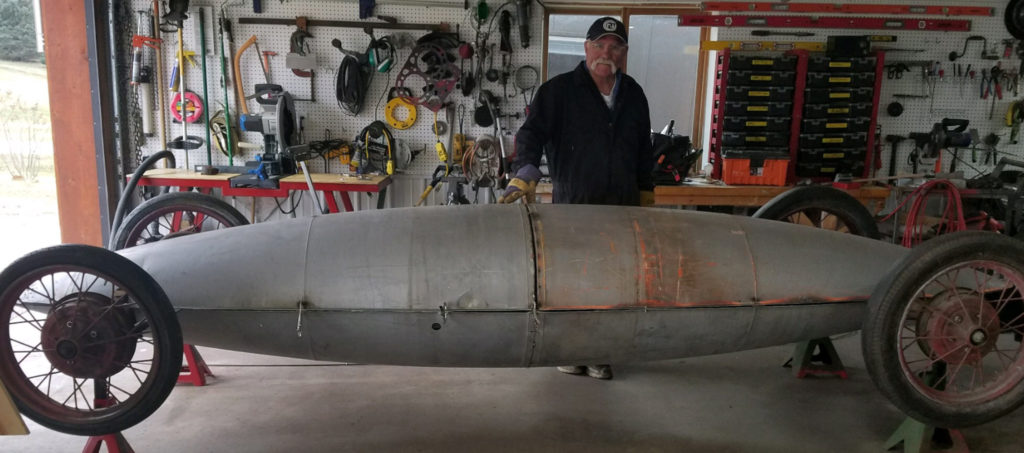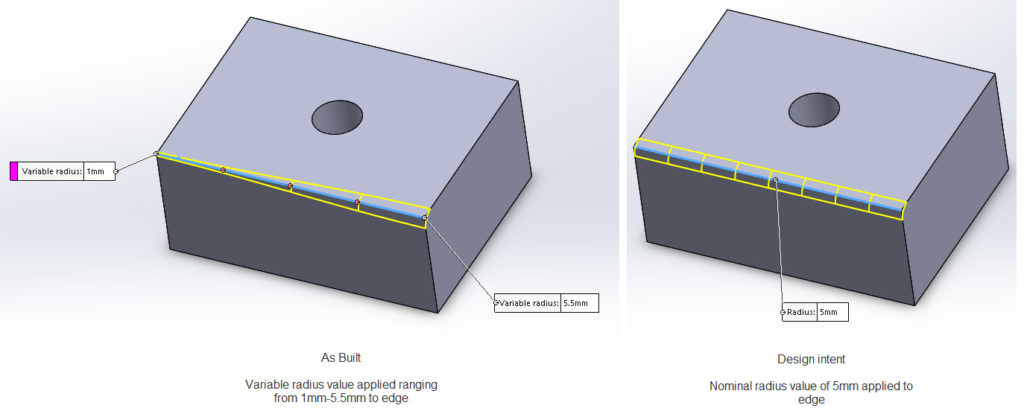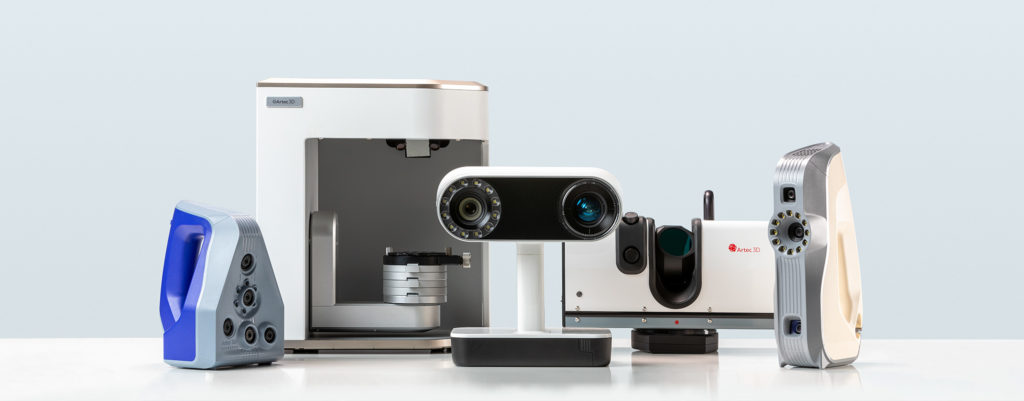Students are flooding back to school, and whether in-person or online, the pursuit and love of knowledge is at the center of it all. For those returning to a department outfitted with a 3D scanner, this may be the most exciting time of the year. 3D scanning is here to stay as part of the way people live their lives, run their businesses, and recreate, so learning as much as possible while you can is important to gain a competitive advantage upon graduation.
Below are 5 blogs we’ve compiled to support our customers in academics that are considering adding 3D scanning technology to their curriculum or lab practices. These posts focus on the Artec 3D line of portable and easy to use scanners along with how to use the 3D scan data captured.
Essential Tools to Master in Artec Studio for Highest Quality Data – Basics and HD Mode

Summer vacation can oftentimes break successful habits developed earlier in the year; memory and muscle-memory can fade when no longer practicing daily or weekly, and when it comes to 3D scanning, a small difference in 3D scanning performance can make a big difference in the processing speed and quality of the final data.
- Consider the importance of the handful of essential tools to master.
If you work backwards, the end-goal of a 3D scanning process is a high-quality Fusion model, usually “Sharp Fusion”. In order to reach the highest quality fusion, several prerequisite steps and their nuances must be understood and applied. This means refamiliarizing yourself with the Global Registration and Align commands and their settings. Remember: Undo is your friend! If you are not sure which settings exactly produced the best results, you can utilize trial-and-error with the beefy undo-history within Artec Studio.
- Also consider HD Mode, which is still a new feature for many people. Currently active for the Eva and Leo scanners, HD Mode significantly boosts the resolution of the scan data, however this can result in an excessively large project file if you’re not careful with the settings. Read up on the HD Mode upgrade.
Artec Leo Scanner Used to Aid in Design of Race Car Safety System for Salt Flat racer

Once you are refamiliarized with the keys to success for data processing and the HD Mode scanning feature, you should practice scanning some big and exciting things. Mastery of the scanner is about accumulation of experience and scanning the same-sized part repeatedly will not generate the kinds of potential problems that require advancing your knowledge in order to solve. So, dream big and scan large objects for fun, for practice, and for a preview of what some large projects later in the semester might entail. For example, many students will use the Eva and Leo scanners for their SAE Racing Teams which require scans of engine parts, car chassis and frame details, etc. These larger and more complex shapes, compared to something simple like a coffee mug, require a greater depth of knowledge of 3D scanning strategy and tactics. Read this interesting case study on using the Artec scanners for custom race car design.
How to Determine the Best 3D CAD Data to Create from your Artec 3D Scan Data

The next step in fully utilizing 3D scanning equipment is understand the concept of reverse engineering and the different paths you can take. Most manufactured parts contain some form of defect, whether it is tool marks, material deformation due to cooling, etc. Identifying these defects early and addressing them intelligently will sometimes mean the difference between any designed components fitting perfectly on the first try or not. Consider a car body that is intended to be made symmetrical, but the 3D scan data reveals asymmetry. Determining the best path forward – whether to incorporate symmetry into the final design – oftentimes requires knowledge of fields outside strictly 3D scanning. Read on to learn more about the differences between “as-built” and “design-intent” CAD modeling.
Ensuring your Artec 3D Scanners are Performing at their Best, and Lasting Through Many Years of Education

As with any measurement device, keeping the equipment in top condition, free of damage to the physical structure is critical. With the semester starting back up, a new rotation of people operating the scanning equipment may not be familiar with the best practices of cleaning and maintaining the scanner. This also holds true for all the other ways to maximize the portability of the 3D scanner, such as remote data processing. Read this article discussing things to consider in order to get the most out of these portable, handheld 3D scanners.
Educational Departments Using 3D Scanning Today

As you look around, you may find other departments have 3D scanning needs that may or may not be met. The same scanner a department of anatomy might use to scan body parts could be used by the art department to scan small sculptures, which also overlaps with the needs of the department of anthropology for scanning artifacts and fossils. You may be surprised to learn how many departments can utilize the power of the Artec 3D scanners. And, you can learn from them, team together with your 3D scanning projects, or join budgets together when requesting funds to ensure you get the right tools for your students and projects. Read more about the top 10 educational departments utilizing 3D scanning.
Laser Design and Artec 3D – Teaming Up to Support Your 3D Scanning Needs
Artec 3D has dramatically increased their capabilities in 3D scanning larger objects with high detail, and Artec continues to innovate in new hardware and new software solutions and improvements, and the future of 3D scanning looks rich and vibrant!
Laser Design has been offering Artec 3D scanners to educational institutes for almost 10 years now and we love supporting others in learning about these amazing tools and all of the advantages that 3D scanning can provide during education and beyond. Do you have a project in mind that involves 3D scanning or want to know more about the Artec 3D Scanners? Contact us today to learn more about how Laser Design can help you incorporate 3D scanning into your curriculum.
View the full Laser Design Sketchfab page >
If you have the Sketchfab App, you can view our models in AR or VR on your mobile device.
Note: not all models are AR/VR ready.
View our Sample Files Library for more 3D files and examples.
Happy scanning!
